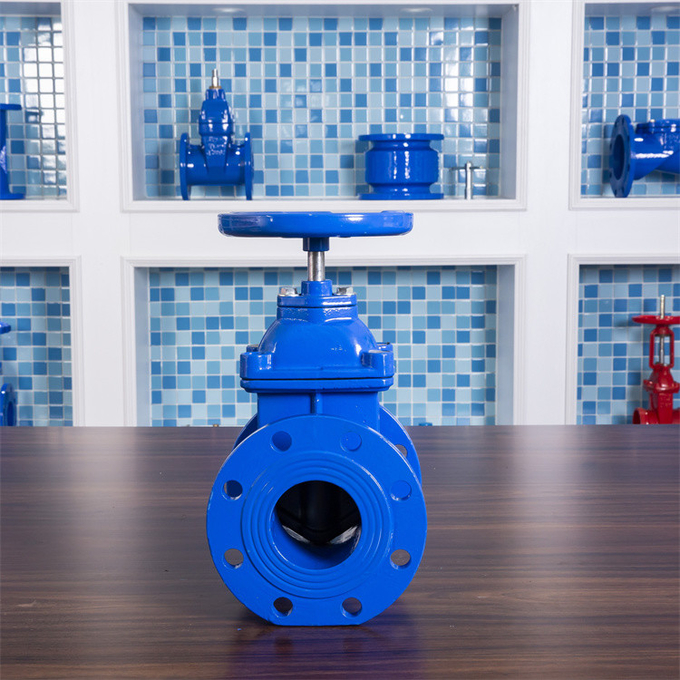Dec . 04, 2024 07:18 Back to list
Understanding the Importance of Special Thread Gages in Precision Engineering
Understanding Special Thread Gages An Essential Tool for Precision Engineering
In the world of precision engineering, the importance of accurate measuring tools cannot be overstated. Among these tools, special thread gages play a pivotal role in ensuring that threaded components meet specific standards and tolerances. This article explores the definition, types, applications, and significance of special thread gages in various industries.
What Are Special Thread Gages?
Special thread gages are precision instruments designed to measure the dimensions and characteristics of threaded components. Unlike standard gages, which may be used for general measuring purposes, special thread gages are tailored to assess specific thread profiles, pitches, and tolerances. These gages are crucial in applications where high precision is required, such as in automotive, aerospace, and manufacturing sectors.
Types of Special Thread Gages
There are various types of special thread gages, each designed for a specific purpose. Some of the most common types include
1. Go/No-Go Gages These are used to check whether a thread meets certain specifications. A Go gage verifies the minimum acceptable size, while a No-Go gage ensures that the thread does not exceed the specified maximum size. This binary system simplifies the measurement process and ensures quick assessment of threaded components.
2. Pitch Gages These gages measure the pitch of threads, which is the distance between two adjacent threads. Accurate pitch measurement is vital to ensure that threads will mate properly when assembled, which is crucial in maintaining structural integrity in mechanical assemblies.
3. Thread Profile Gages These are used to analyze the shape or profile of the thread itself. By providing a precise representation of the thread's geometry, these gages help in ensuring that the thread conforms to specified design requirements and standards.
4. Thread Micrometers For more detailed measurements, thread micrometers are used to ascertain the exact dimensions of the threads. These instruments provide incredibly fine measurements, allowing engineers to ensure that every aspect of the thread complies with stringent specifications.
Applications of Special Thread Gages
special thread gages

Special thread gages are employed in a range of industries, particularly where precision is paramount. Some common applications include
- Aerospace In the aerospace industry, components must meet strict safety and performance standards. Special thread gages are used to ensure that all threaded parts, such as bolts and nuts, are manufactured to exact specifications, preventing catastrophic failures due to faulty components.
- Automotive The automotive industry relies on these gages to maintain quality in threaded parts used in engines, suspensions, and other critical systems. Accurate thread measurements contribute to vehicle safety and performance.
- Manufacturing In general manufacturing, thread gages are essential for quality control in parts that involve complex threading processes. They help ensure that threaded components are interchangeable and reliable in their applications.
Significance of Special Thread Gages
The significance of special thread gages extends beyond mere measurement. They play a critical role in
1. Quality Control By ensuring that threaded parts meet specified tolerances, special thread gages help maintain product quality and reliability, minimizing the risk of failures.
2. Cost Efficiency By detecting issues during the manufacturing process, special thread gages can reduce waste and rework, leading to significant cost savings for manufacturers.
3. Safety Assurance In industries where safety is a concern, such as aerospace and construction, precision in threaded components is vital. Special thread gages help to provide peace of mind that products will perform reliably and safely.
In conclusion, special thread gages are indispensable tools in precision engineering that ensure the integrity and reliability of threaded components across various industries. By understanding their types, applications, and significance, engineers and quality control professionals can better appreciate the role these gages play in modern manufacturing and production processes.
-
Y Type Strainer Maintains System Efficiency Long TermNewsJul.15,2025
-
Valve Selection Guide for Industrial ApplicationsNewsJul.15,2025
-
Steel Fab Table Provides Durable Work Surface for WeldingNewsJul.15,2025
-
Pad Iron Provides Stable Support for Heavy MachineryNewsJul.15,2025
-
One Inch Check Valve Fits Standard Plumbing SystemsNewsJul.15,2025
-
Measuring Micrometer Ensures Precise Dimensional AccuracyNewsJul.15,2025
Related PRODUCTS









